Herb garden enthusiasts here in Florida have a lot to contend with when we grow our gardens. Not only do we occasionally see freezes and frosts, we have the harsh sun—and in south Florida—the tropical humid climate with which to work.
Nevertheless, while many herbs wilt in the heat along with their gardeners, there are many herbs that thrive here. We went to the Horticultural departments at several Universities, including three here in Florida to bring you a Florida gardener’s wish list several herbs that will grow very well in your Florida garden, as well as sharing a little bit about each one.
Before we begin, it’s worth mentioning that not all soils are created equal. Typically, here in Florida, we need to add a bit of garden lime (usually sold by Home Depot, Lowe’s or similar garden supply stores) to our soil to adjust the pH to around 6—the level where most herbs prefer it to be. Do check your soil before planting your herb garden and make sure it is as hospitable as it can be to your new plantings.
CHIVES:This delicious herb is a common addition to baked potatoes, cream soups and egg dishes. According to Jeanine Davis, a Horticultural Specialist at North Carolina State University, chives grow best in partial shade, where they do get some exposure to full sun in rich, moist soil with a pH of 6 to 8. Chives germinate easily, but slowly, and are bothered by very few diseases or insect pests. Harvest the chive leaves by simply cutting them at two inches above the ground.
Here’s an interesting side point: the NCSU article added there is evidence that chives can improve digestion and reduce high blood pressure. In addition, the oil in chives has antibacterial properties.
CURRY LEAF:Curry leaves are a staple in Indian cuisine, specifically in curry sauces. The curry tree is a small tree, growing about four to six feet tall and is highly aromatic, blooming small white flowers. Note that the seeds that grow in the small black berries on the curry tree are poisonous. So, if you are tempted to eat them, forget about it. The leaves, however, are far from poisonous. In fact, pharmacologists say they are great sources of antioxidants, strengthening our immune system.
Common Ginger or Zingiber Officinale is the source of ginger root, which is a delicious ingredient in many cuisines, from gingerbread cookies to a spicy Asian inspired stir fry or pickled as a complement to sushi. Gineen Krafft, Master Gardener Volunteer at the University of Florida, says she didn’t get her edible ginger plants from a nursery—she got them by growing a piece of the root she bought at the grocery store! She says she broke off a piece, planted it in a pot about an inch beneath the soil, and it grew. The plant sprouted and was transplanted to its new garden bed location. Harvest ginger by digging its roots when the plant goes dormant in the winter.
LEMONGRASS: Lemongrass has so many uses. Its oil is used in soap, cleaning products, incense, insect repellent and potpourri. It is rich in Vitamin A and reportedly full of medical benefits. Many local nurseries and grocery stores carry starter plants. Alternatively, fresh stalks of lemongrass can be picked up from Asian grocers and placed in a glass of water. Give them about two weeks (occasionally changing the water, unless that pungent aroma of stagnant water is somehow pleasant to you) and they will root and grow.
MINT: Mint is one of those versatile herbs that we can find useful just about anywhere. It makes a wonderful tea, spruces up salads and adds invigorating and cooling properties to skin care. Mint grows very well in Florida and loves our humid climate. They do prefer to be placed in a cool spot or partially shaded spot of the garden. Be sure to put it into pots or it could likely overrun your landscape. There are different kinds of mint available, including peppermint, spearmint, and a recent new addition to the mint family – Apple Mint (mentha suaveolens). Mint plants are reported to be great companion plants, warding off several types of pests.
FLORIDA WATER MINT: Do you have a pond in your garden? Grow Florida Water Mint in it or around its edges. This plant helps to keep your pond water clean by oxygenating the water, thus controlling the growth of algae.
MIRACLE FRUIT: This “Tiny Fruit that Tricks the Tongue” as it was called in a 2008 NY Times article tricks our taste buds into believing that something spicy or sour is really sweet. Eat a miracle fruit, then a lemon, and the lemon tastes strangely sweet. Apparently, that’s really the only charm of it to most, although some may like eating it on its own. This 10-15 foot shrub needs rich soil with a mid range pH of approximately 5-6. (It may grow in sandy soil, but won’t have that lush healthy look to it.) This tree does best when it gets no more than 5-6 hours of full sun a day, so planted under an arbor or in partial shade it would be most likely to flourish.
CARIBBEAN (a.k.a. CUBAN) OREGANO: Counter intuitively, this perennial plant is not related to the oregano you might use in your Italian dishes. It actually is a member of the mint family and can be substituted in many recipes for sage. Finely chopped, it is used to season beef and lamb. This herb plays a starring role in preparing Cuban Black Beans. Combine the oregano with onions, garlic, tomatoes, apples and almonds to season chopped beef. Plant it in partial sun to shade and water regularly—but sparingly. During rainy Florida summers, it should not be necessary to water it at all.
THYME: Native to the Mediterranean, this perennial shrub does best in full sun and well draining soil. When the plant is in full bloom, harvest up to one-third of the top portion of the plant, and separate the leaves from their twigs for storage or cooking.
MEXICAN TARRAGON: Not all tarragons are equal. Common tarragon is a mild French version. This tarragon has a bit more of a spicier flavor, having almost an accent of cinnamon to it. It can be substituted in recipes for French tarragon and offers an added bit of zest. Flowering bright beautiful yellow flowers in the fall, this small shrub prefers full sun to partial shade and moist tropical conditions.
VIETNAMESE CORIANDER: This cilantro alternative is an exotic tasting herb with sultry, smoky qualities. It is used in Asian stir fry and cold salads. It can add a smoky note to your favorite salsa recipe. It is a tender perennial and prefers partial sun. In fact, its tendency to grow out and down makes it a great hanging basket plant.
We hope that when the time comes to plant your next herb garden here in Florida that our wish list will provide you with inspiration for your new garden tenants. And who knows, maybe even in your kitchen!


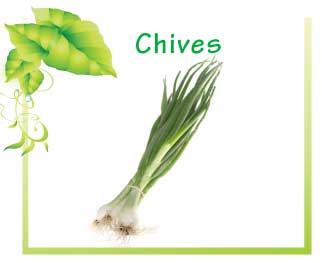

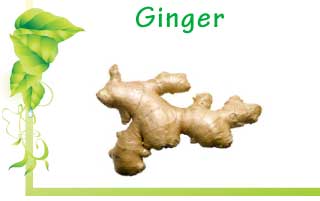
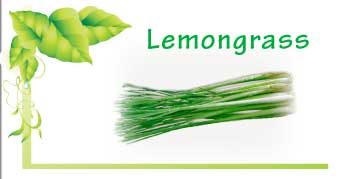
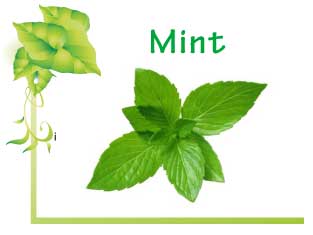

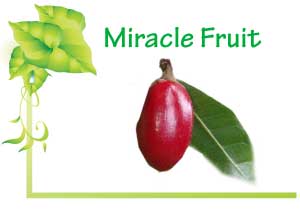
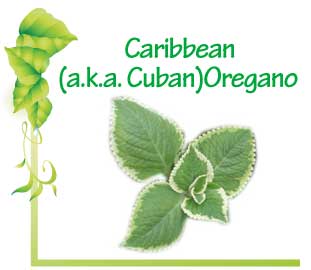
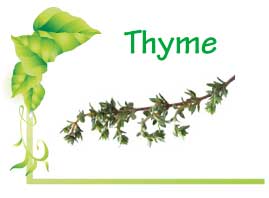
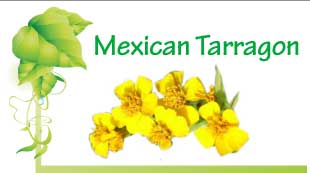
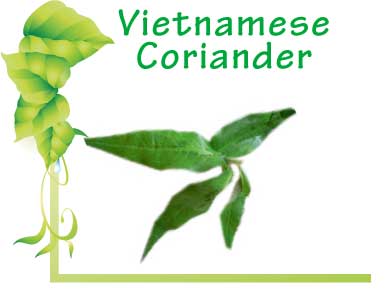
You should be a part of a contest for one of the greatest sites oon the
internet. I most certainly will highly recommend this website!
Hi, I log oon to your blogs daily. Your story-telling style is awesome, keep doing what you’re doing!
I just found your amazing site, while looking for tropical herb Garden information. We now live in Bucerius, Nayarit Mexico. So our
Herbs so far have been far from satisfying or productive. We definitely want to learn to grow and use these. We have the garden space, In the full sunshine, partial shade and complete shade, In Mexico we also have an abundance of bugs, So We find some of our problems are because of the bugs.
. We also do have some problems in finding the seeds or the plant starters here in Mexico. Coming from Canada where we have totally different climate and seasonal changes to Mexico has created a completely new challenge. We are now retired and learning to cook and enjoy the herbs. I have the time so looking for a part time hobby.
Looking forward to keeping in touch.
David McElheran.